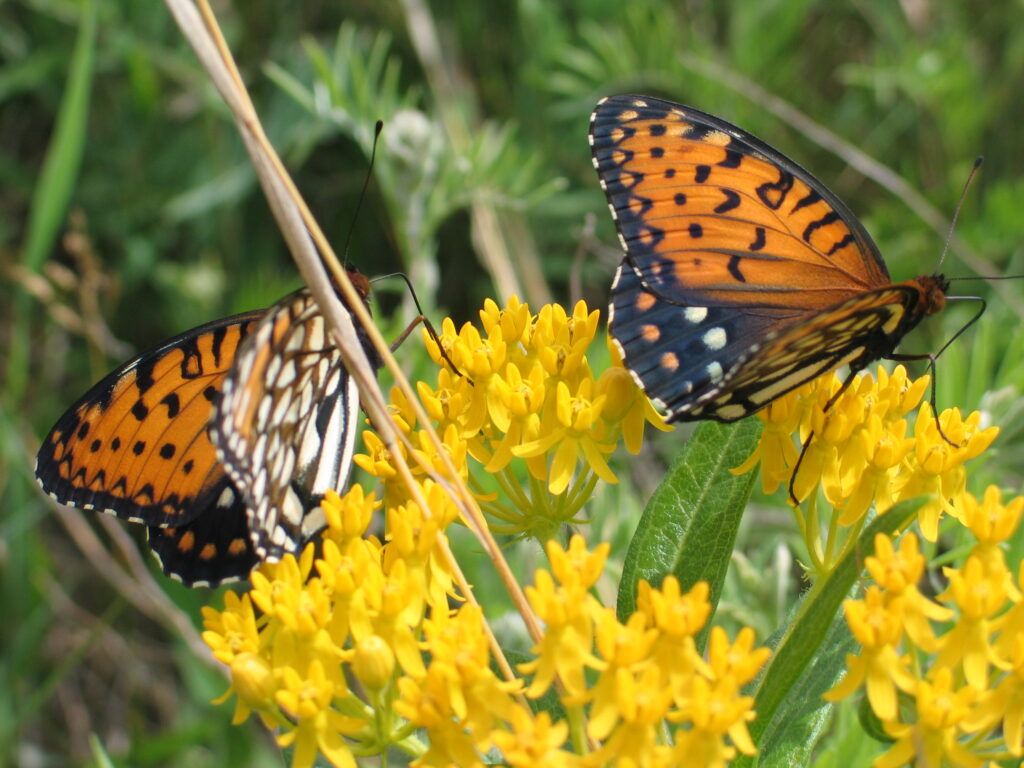Put Saturday, June 27, 2020 on your calendar and plan to help us count butterflies. The 21st Annual Harvey County Butterfly Count will consist of groups of butterfly enthusiasts dispersing to butterfly hot spots around the county to observe and count as many butterfly species as possible. Participant age or experience does not matter.
Whether you can immediately tell the difference between a pearl crescent and a gorgone checkerspot or you are unable to differentiate between a monarch and a moth, we encourage you to attend. The only requirement is a curious interest in finding and counting butterflies.
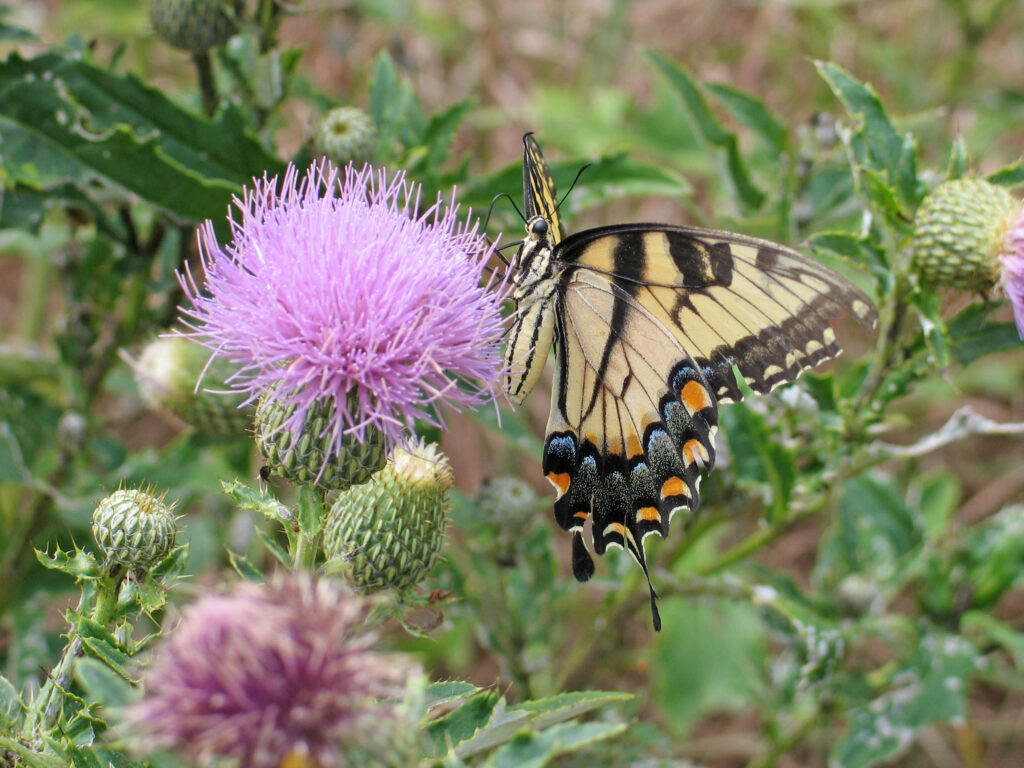
Harvey County Butterfly Count
The Harvey County Butterfly Count typically takes place on a single day in late June throughout a 16-mile diameter circle that includes Newton, Halstead, and Hesston. Emeritus biology professor, Dwight Platt, organized the first Harvey County Butterfly Count in 2000. Dwight has long been a champion of citizen science in South Central Kansas. As a Bethel College freshman in 1948, he helped organize the first Harvey County area Halstead-Newton Christmas Bird Count. As my major professor in the early 1990s at Bethel, Dwight inspired me to get active in citizen science, and many years later (in 2016) passed along to me oversight of the Harvey County Butterfly Count. Dwight plans to participate all day in this 21st Harvey County count at the age of 89.
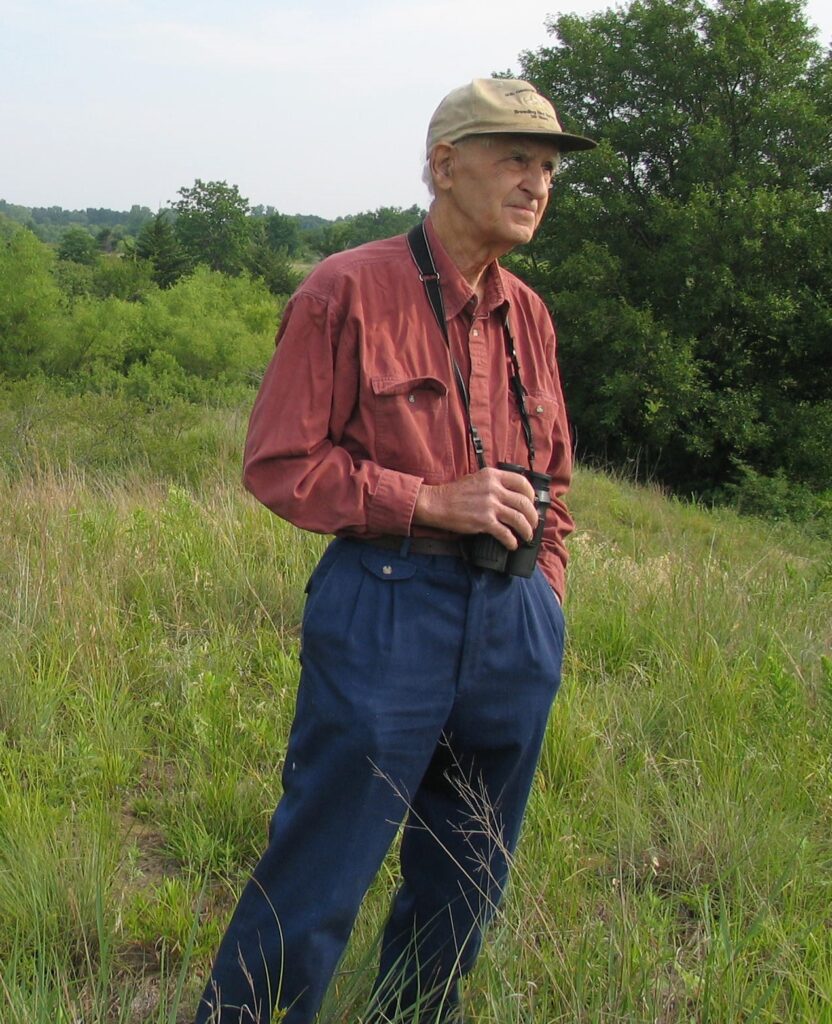
Citizen Science
Guidance for the Harvey County Butterfly Count protocol is provided by North American Butterfly Association (NABA). Their efforts to build and organize a robust data set is important to monitor trends in butterfly populations. Comparisons of the results across years can be used to monitor changes in populations and study the effects of weather and habitat change on North American butterflies.
By participating in such counts, you are contributing to research through citizen science. In the process, you are also increasing your scientific understanding, learning about environmental issues, gaining an appreciation for the natural world, and becoming a more engaged citizen. Thanks to Dwight, family members, and friends who encouraged me to do such things at a young age, citizen science shaped my choice of vocation and was personally transformative. I am hooked now and consider citizen science a fun hobby.
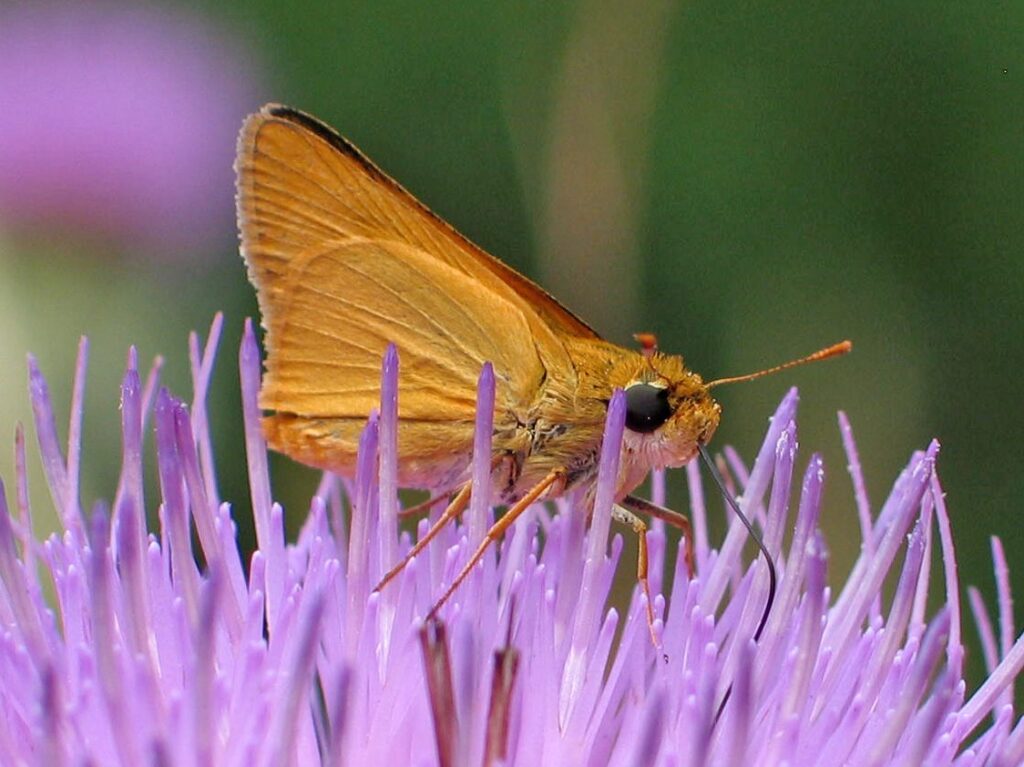
Common Butterflies Observed
In addition to sending all the data to NABA from each year’s one-day count, I have 20 years of Harvey County Butterfly Count data in a spreadsheet that can be organized in a variety of ways. Here are a few summary numbers:
- Over the last 20 years, 85 butterfly species have been observed during the one-day Harvey County counts.
- The average number of butterfly species seen over the last 20 counts is 50.8.
- 25 butterfly species have been observed nearly every year of the count (19 out of 20 counts).
Those 25 commonly observed Harvey County butterfly species are featured here for easy visual reference (photo credits). I lumped some of the similar-looking species together to help you more easily discern some of the subtle differences. Review them a few times and you will already start to develop a familiarity with the majority of butterflies seen on a typical count!
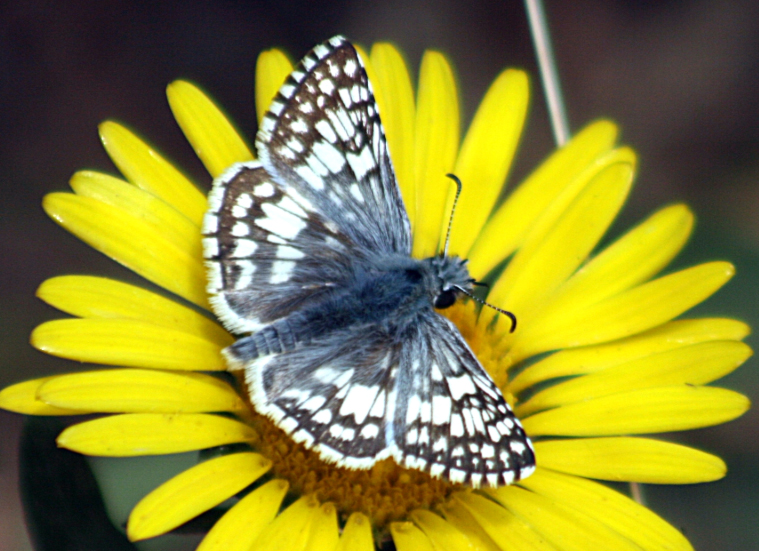

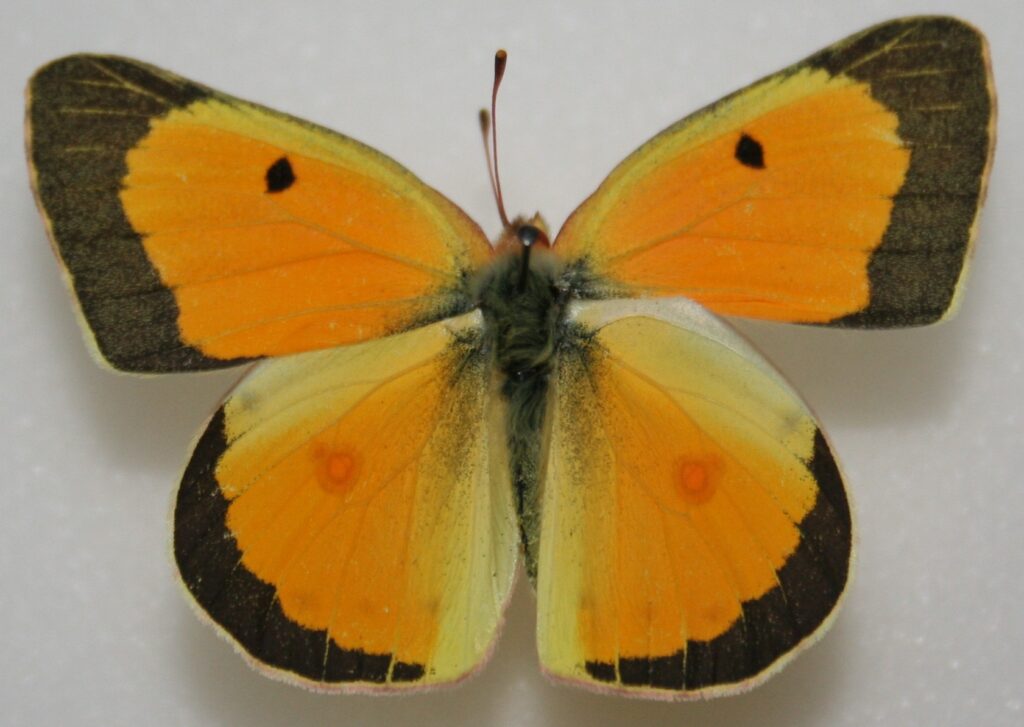

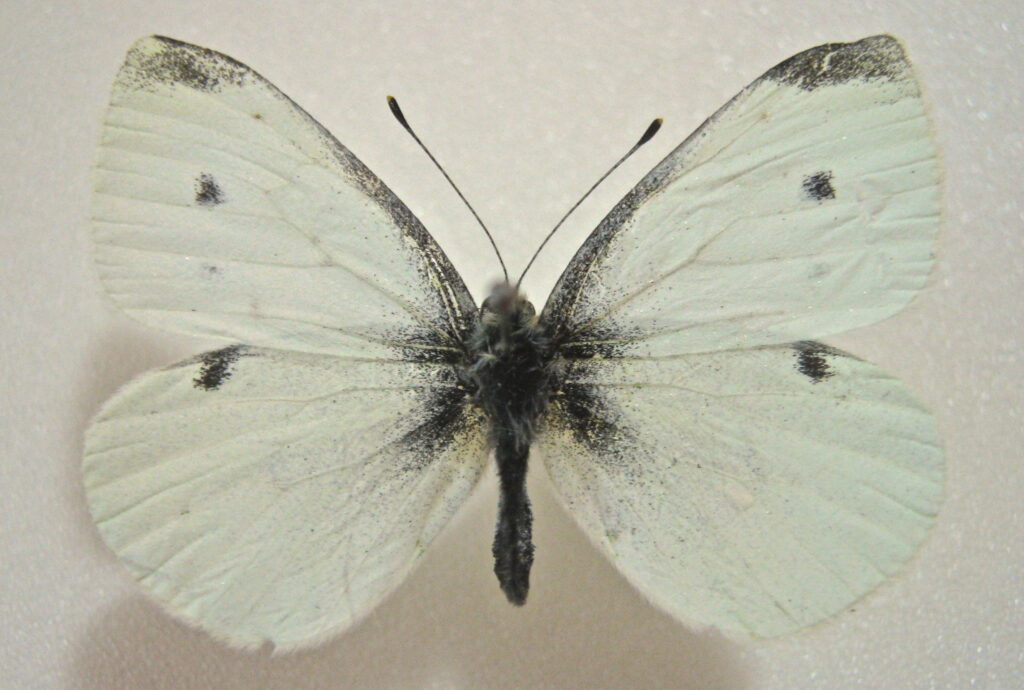
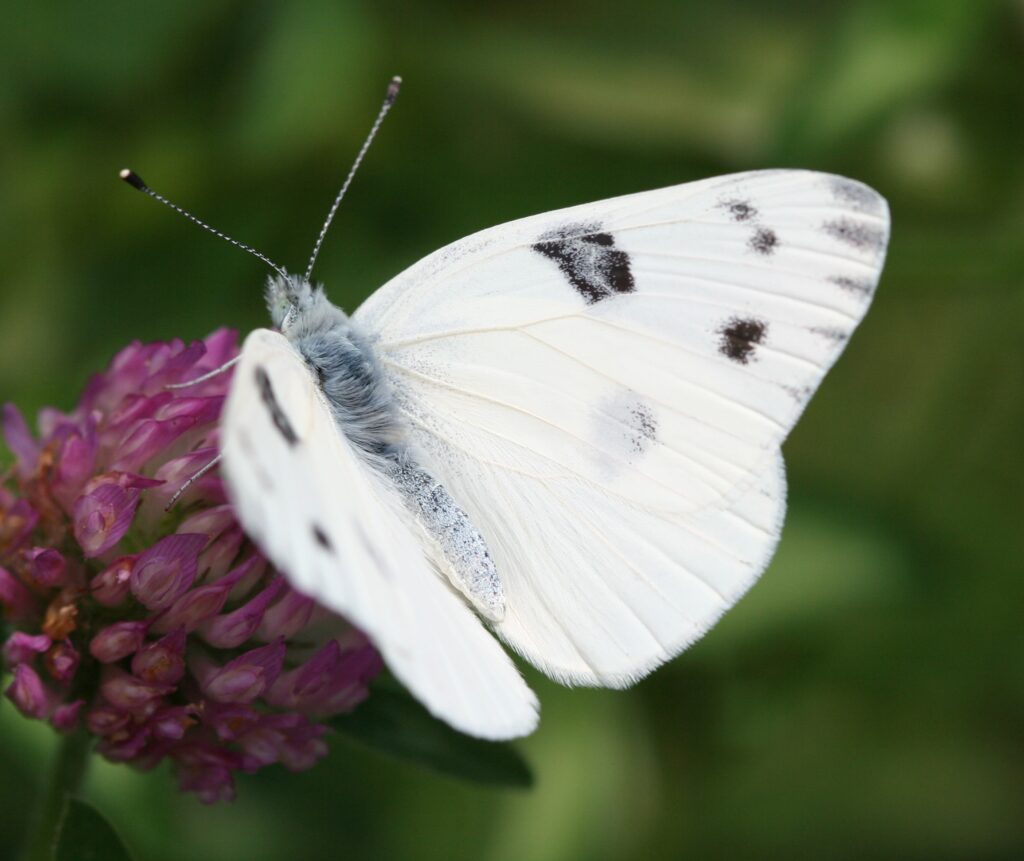
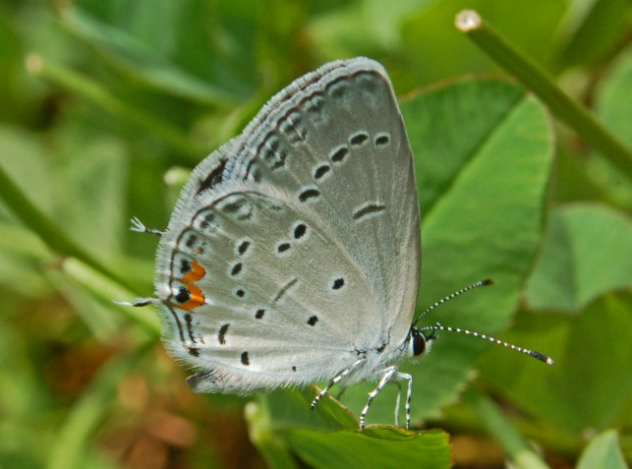
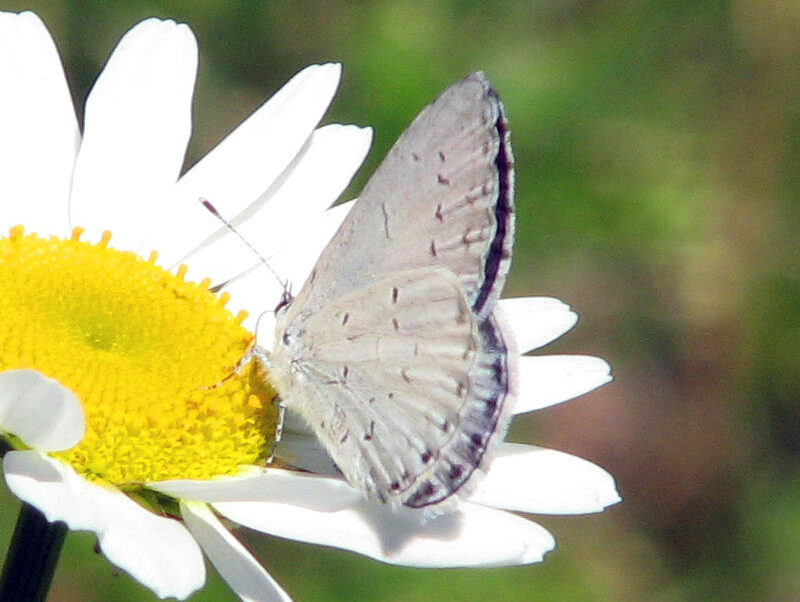
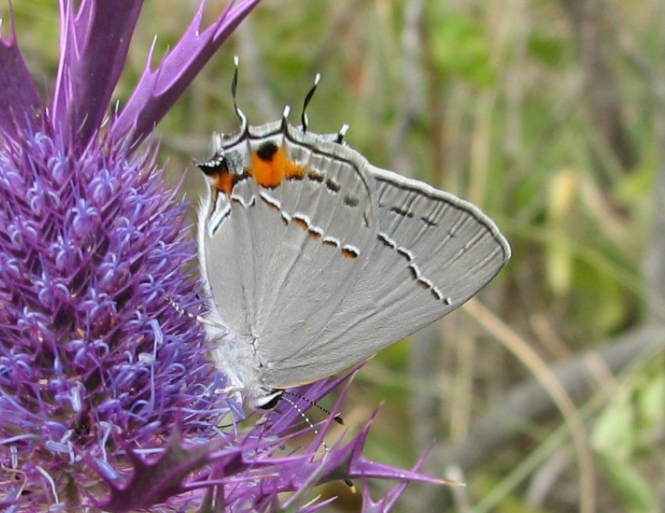
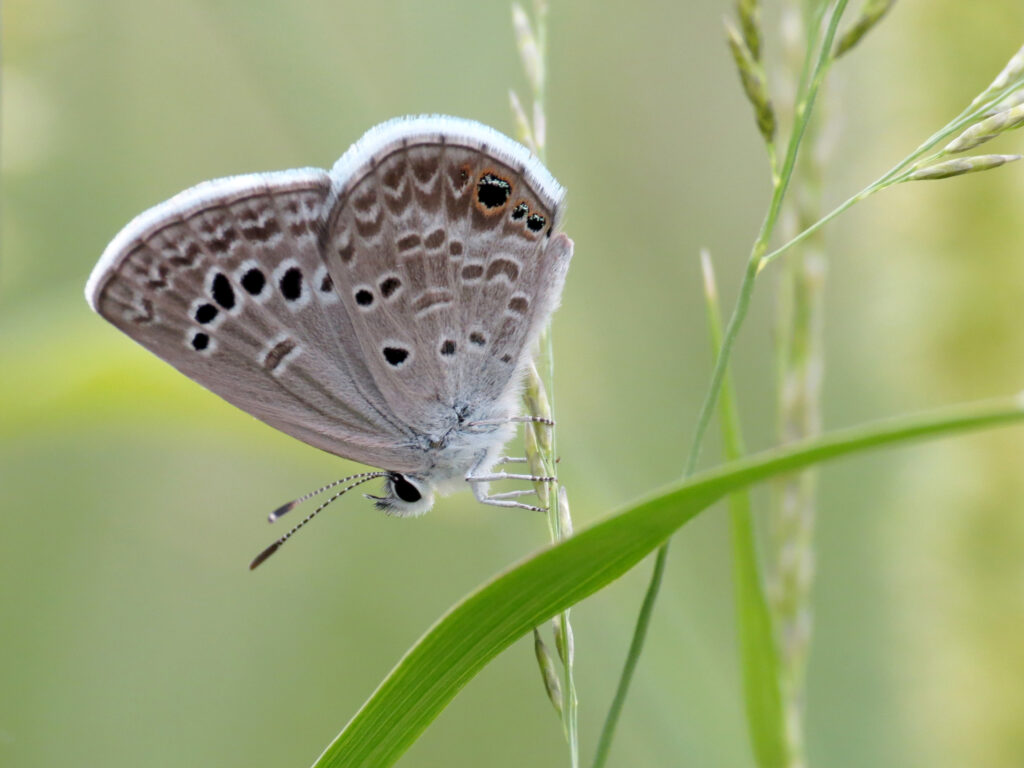
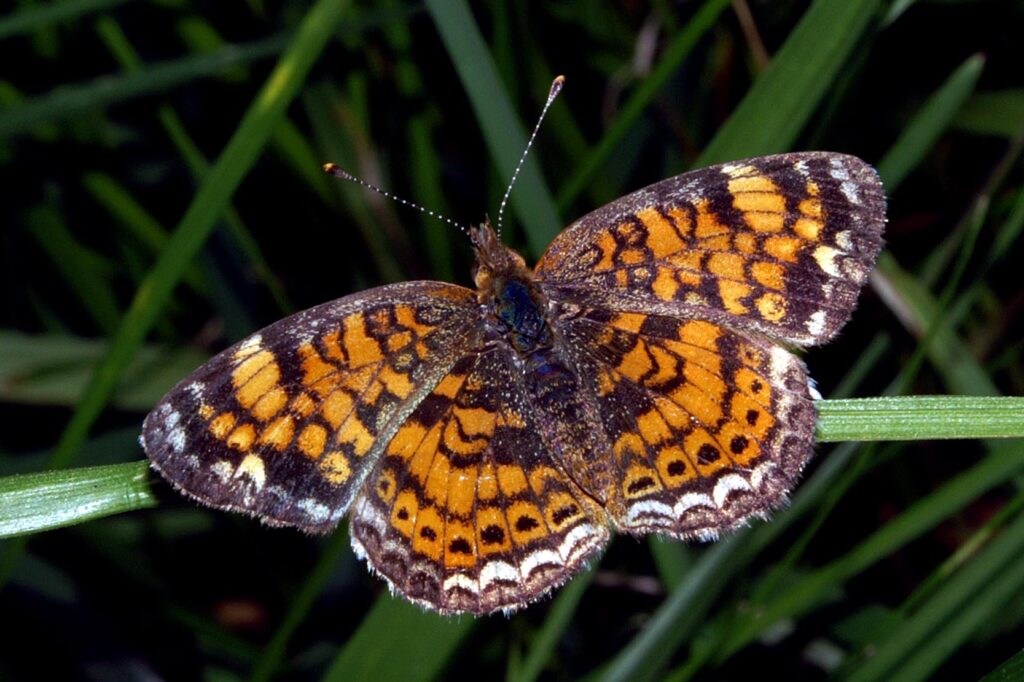
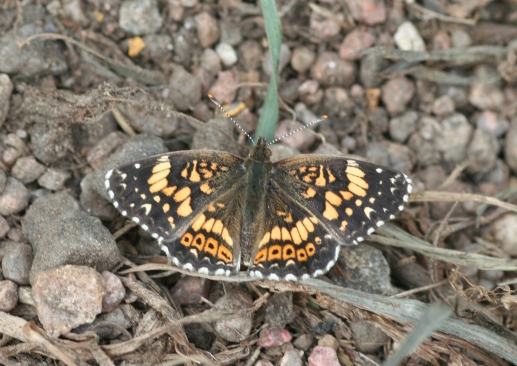

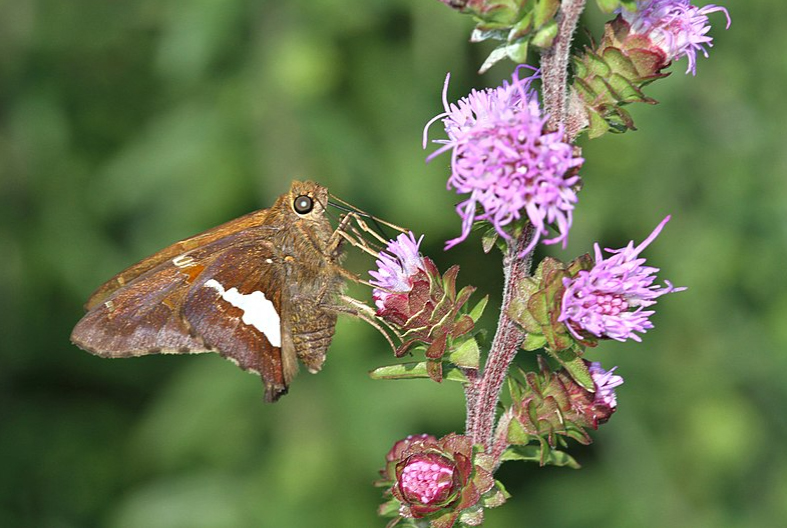
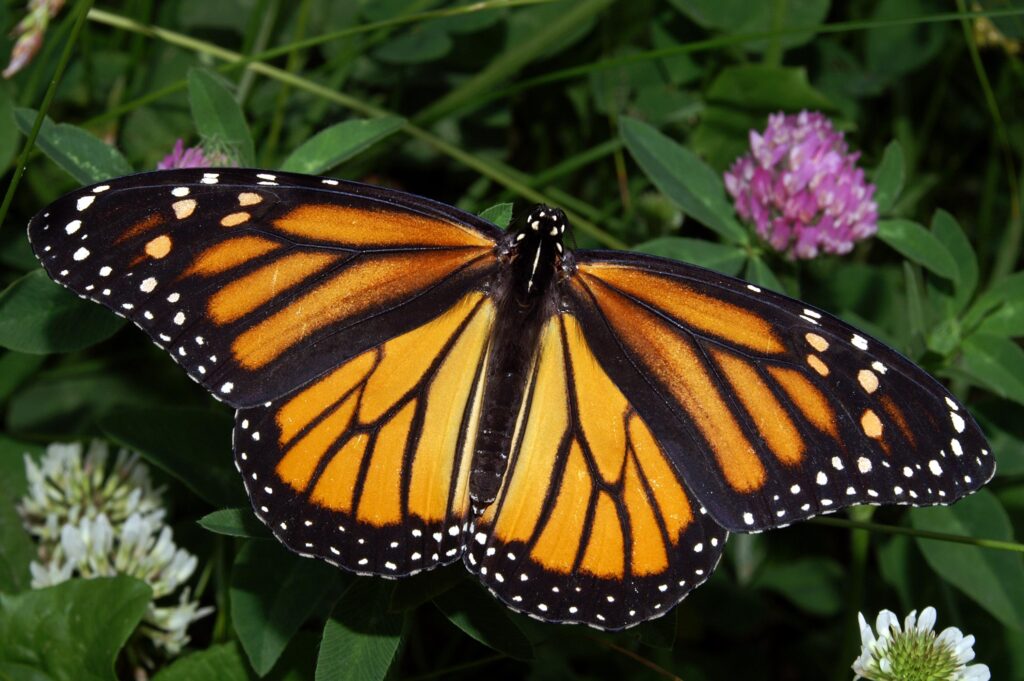
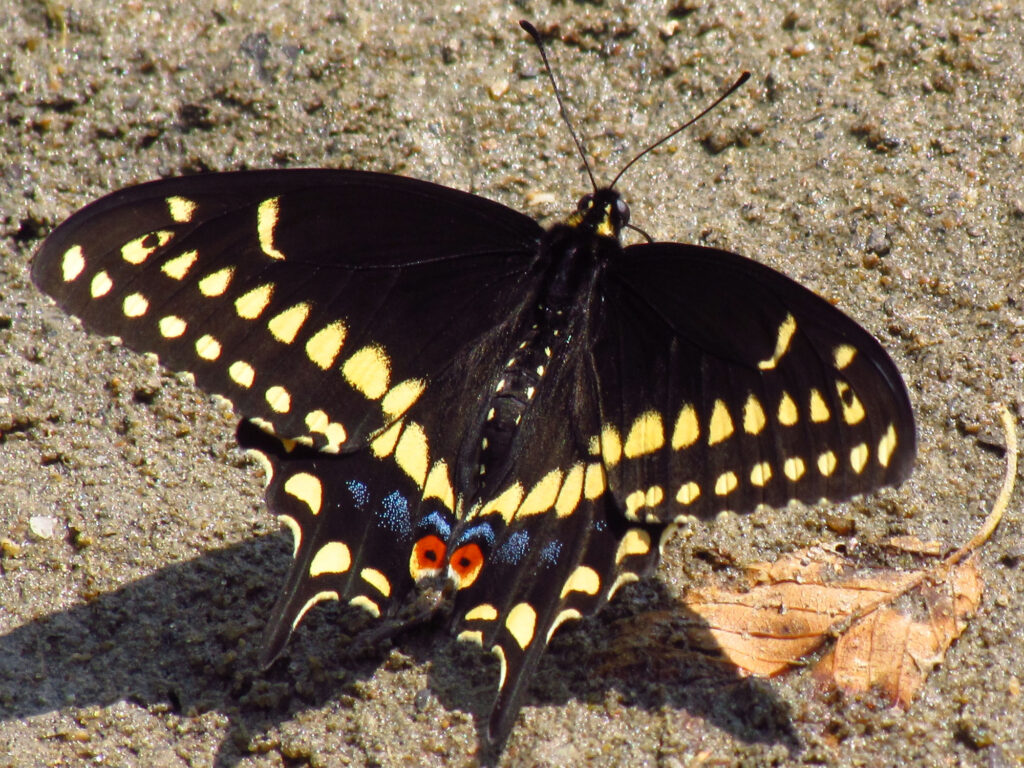

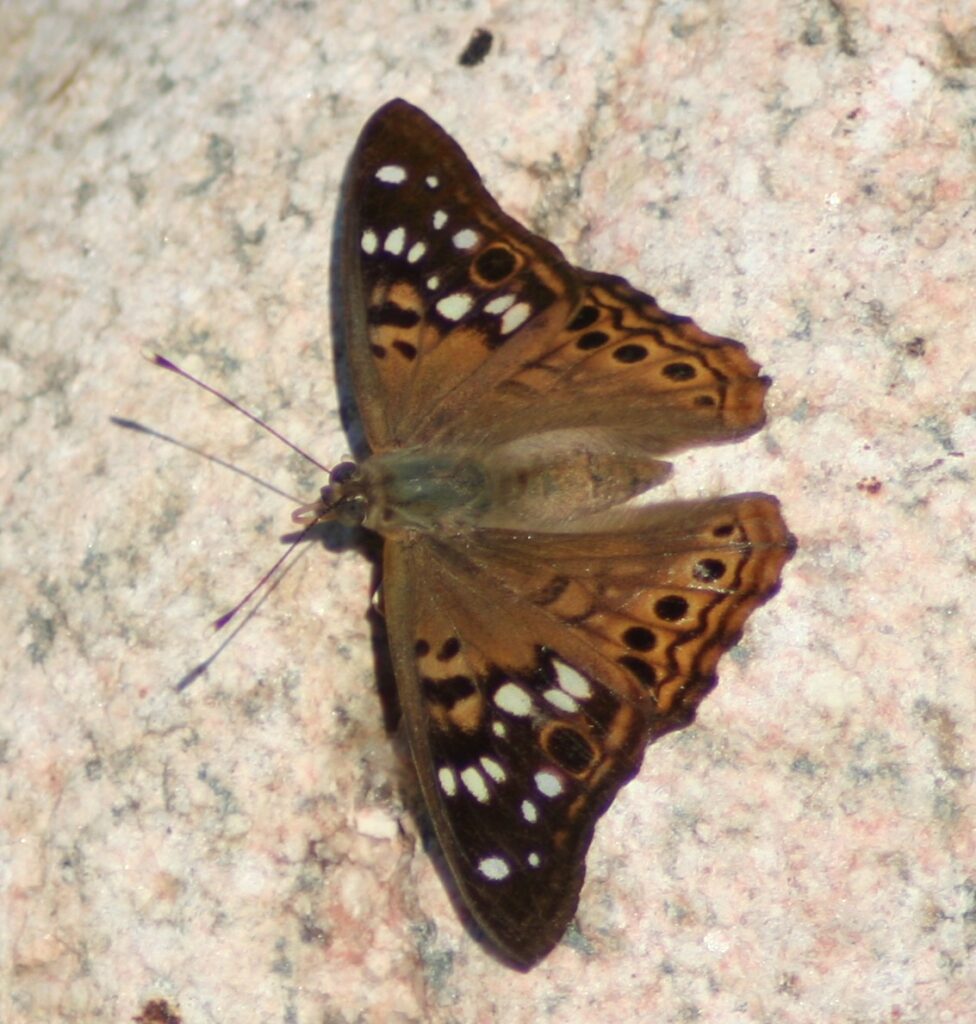
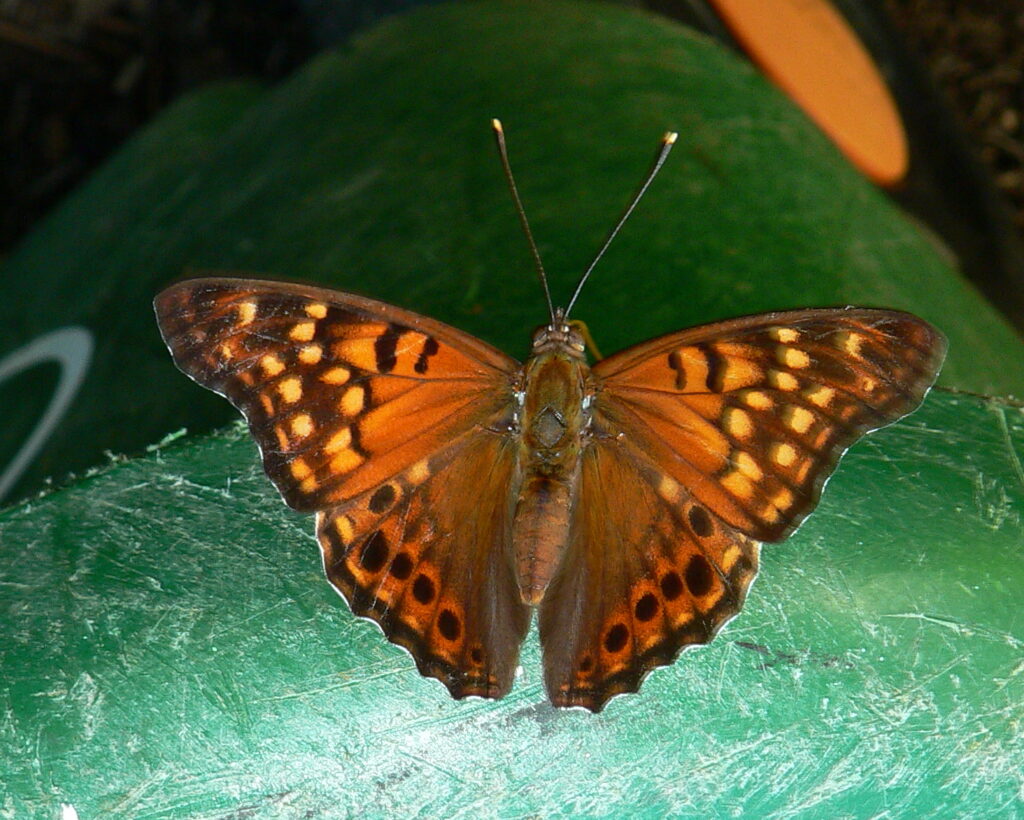
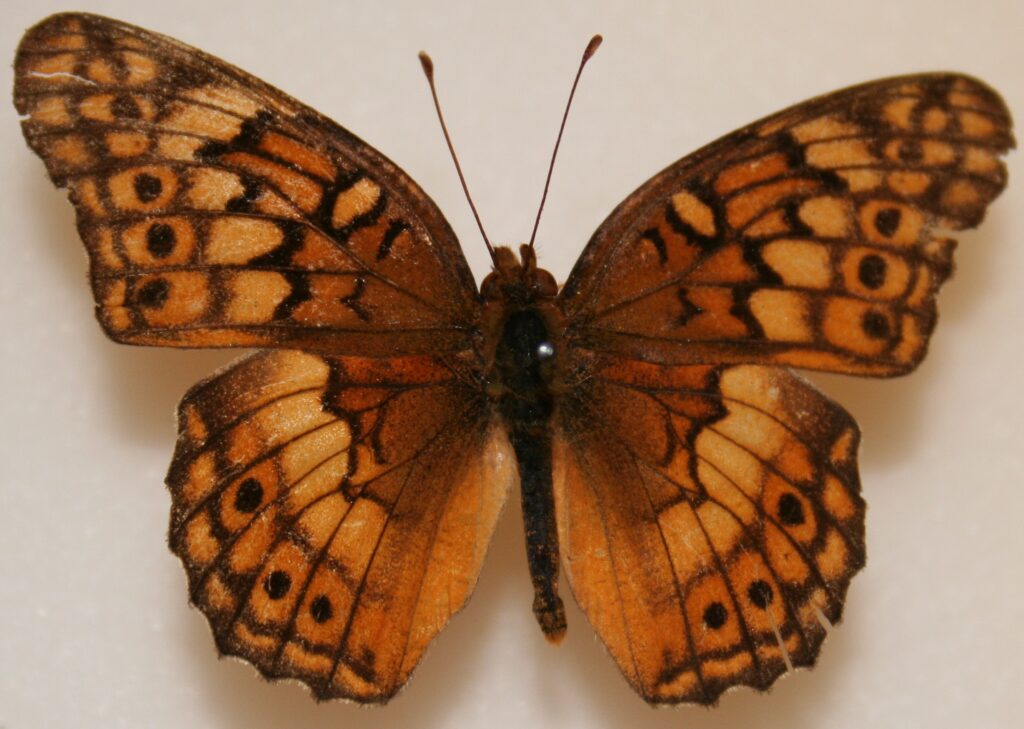
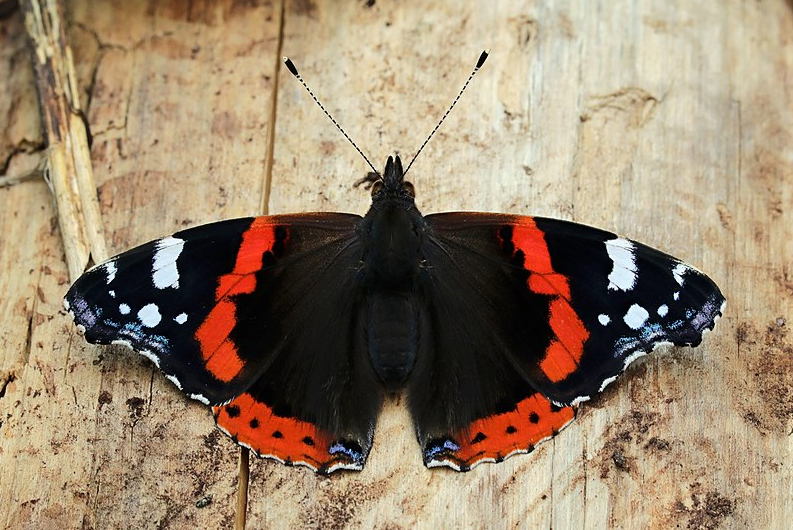
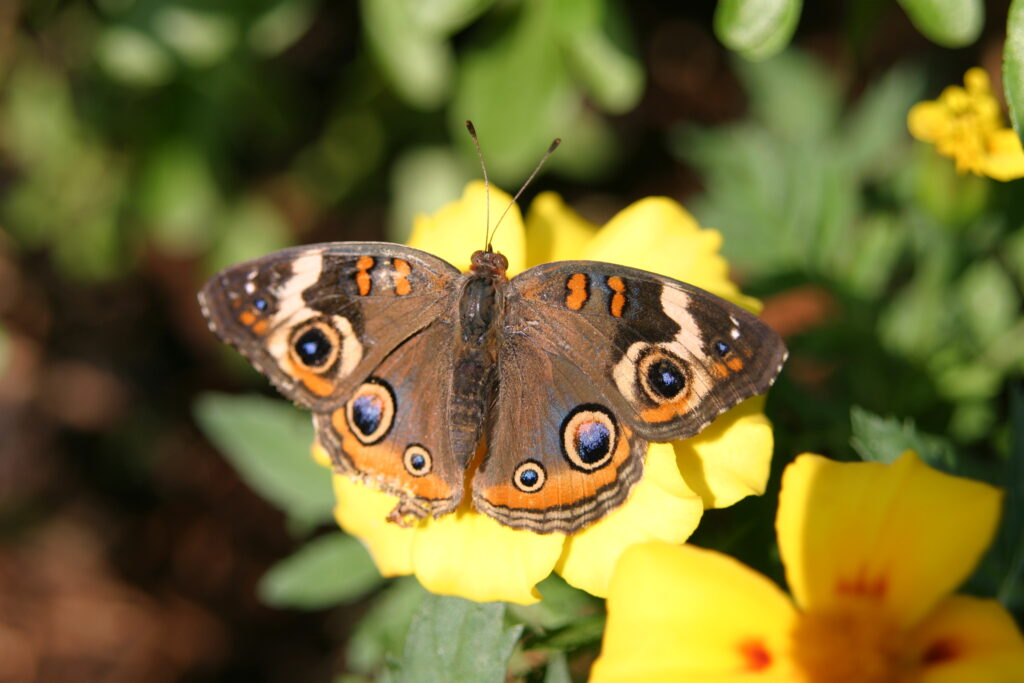
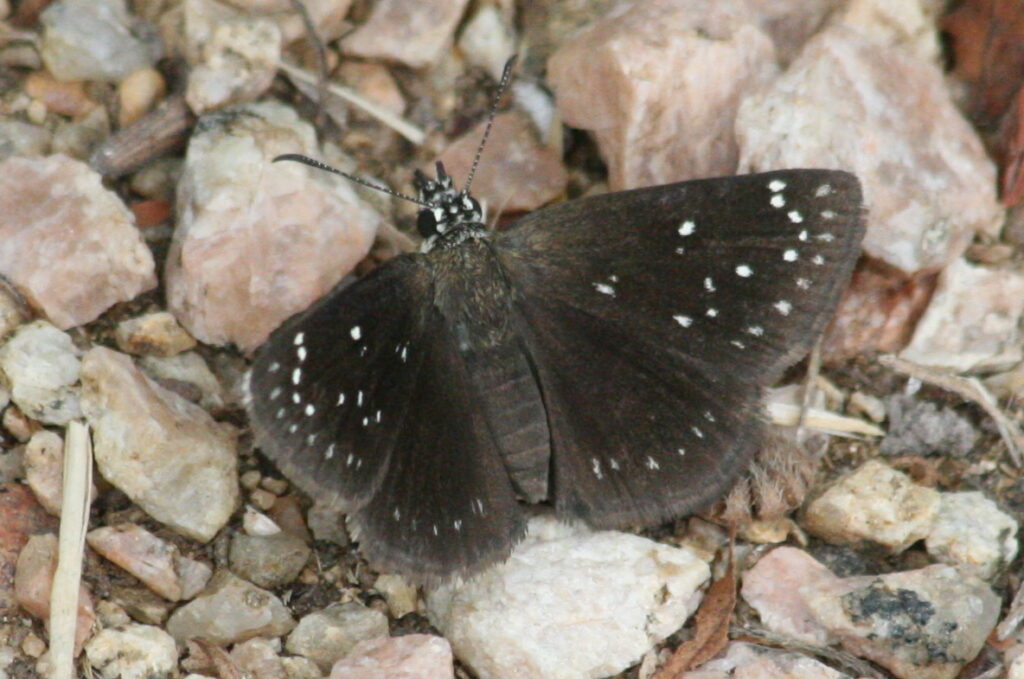

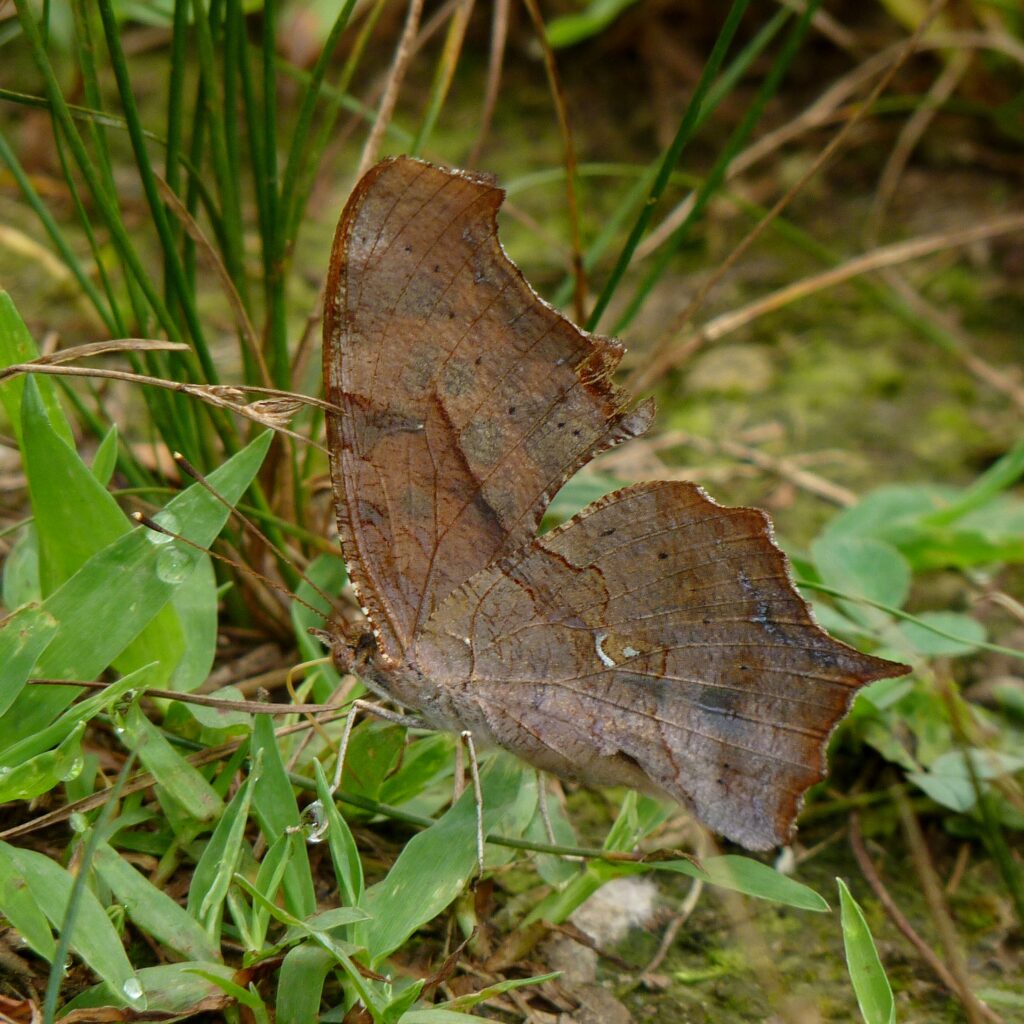
While the above 25 species are mostly what you will see and be counting, the real fun comes in finding the other 25 or so more rare species throughout the day. Searching for different types of habitat and flowers usually helps expand the diversity of species observed. Looking for certain host plants to find rare species is also part of the strategy.
What to Bring
The most important mode of preparation for a summer butterfly count is adjusting to the elements. Once you protect yourself from the sun with a hat and light cotton clothing and apply insect repellent around your ankles to repel ticks and chiggers, you can more easily turn your focus to the fun of looking for flowers and the butterflies they attract. If you simply plan to sweat and stay well-hydrated (bring plenty of water), you will find yourself enjoying a breezy summer day in Kansas.
Additionally, consider bringing binoculars (I also have close-range butterfly binoculars to lend you) and/or a camera with a zoom lens, but neither are mandatory. Each group will have a leader with an expertise in identification and a plan for sites to visit.
Let me know at brad.guhr@hesston.edu if you would like to attend for a half (3-4 hours) or full day (6-8 hours) and I will send you an email with more details.
Plan to enjoy part or all of a summer day counting butterflies and help make an important contribution to citizen science.
